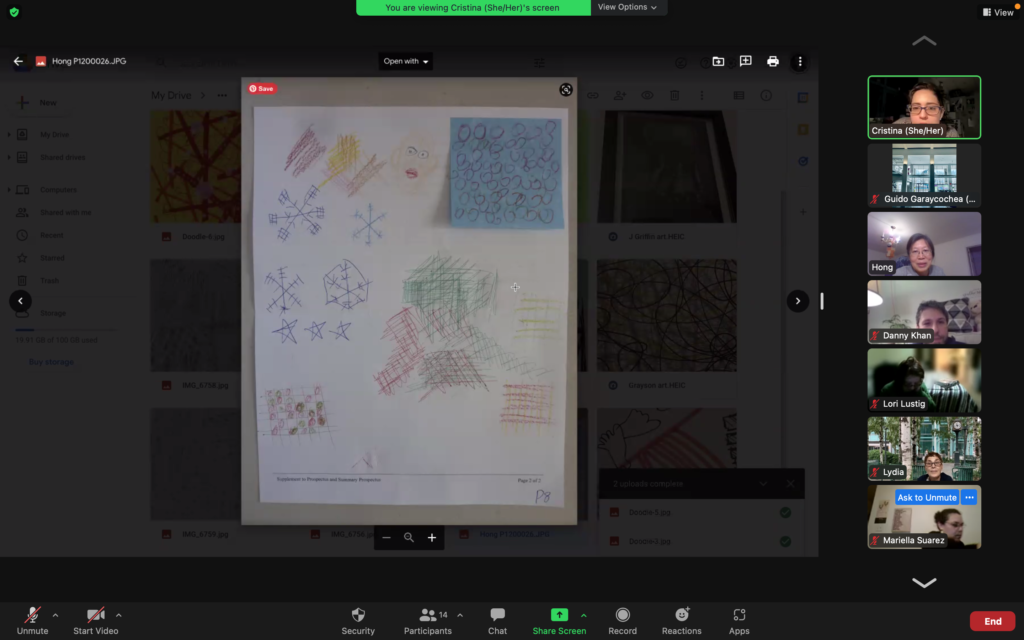Lesson 3: Non-Traditional Self Portraits

This week we learned a bit about the Golden Ratio in our bodies and in art. I demonstrated this by showing the proportions of a head. I will be leaving the reference photos I showed to the class in the Google drive class folder. Here’s is a written step by step for very general proportions:
- Essentially starting with any head you’ll want to draw an oval, then at the halfway mark draw a line straight down the middle, that will be your center line.
- Then draw another line cutting the oval in half, that will mark your eyeline.
- The bottom of your nose is halfway between the eyeline and the chin.
- Your lips are halfway between the nose and the chin
- The hairline is around the halfway mark between the eyeline and the top of the head
- The tops of the ears are right at the eyeline and the bottom of the ears are at the nose line. Remember to follow the curve of the head for this rule.
- For your eyes, there should be the distance of one eye right in between your eyes.
- The arch of the eyebrow is around the center of the pupil, that line can also be drawn down to mark the outer edges of the lips
- There can be a diagonal line from the outside of the nostril to the outside corner of the eye and extended to the tail of the eyebrow
- The inner corner of the eye also lines up with the outer edge of the nostril.
- The width of the shoulders equals the width of two heads.
We also practiced drawing eyes, starting from a circle and following the curve of the sphere we can draw eyes from any direction or angle. There are many tips and tricks on how to draw heads on youtube and elsewhere, some have different methods and that’s totally fine– whatever works for you! I hope you can practice drawing from life, whether that’s drawing yourself with a mirror or drawing others, (I like to draw on the train) Whatever method you choose, keep practicing!
For Homework I’ve assigned a conceptual art project. We’ll be thinking outside of the box about our identities, values and what’s important to us. Conceptual art is less concerned about showing things realistically or straightforwardly, it goes deeper beneath the appearance of an idea. Not everyone will “get it” and that’s ok! Conceptual art doesn’t have right and wrong answers, it does have emotions, ideas and methods behind the artwork. I want you to try and think in more conceptual terms and also about how to look at, analyze and appreciate conceptual and/or abstract work.
Homework for next week:
- Upload your self portraits drawn in class to the class folder
- Make a self portrait without drawing/depicting your face. What things make you who you are? How can you draw or depict them? How can you show your self without showing your face? You can use any medium, some suggestions would be collage, photography, drawing etc.
- Upload your non-traditional self portrait to the class folder
- Collect images of food from magazines, takeout menus and/or supermarket flyers, wherever you can find pictures of food to collage with. We will need paper (could be white or colored,) scissors, glue stick, regular glue or tape, and a few drawing utensils with different colors– for example markers, pens, crayons, colored pencils etc.
Cristina Farrigno
